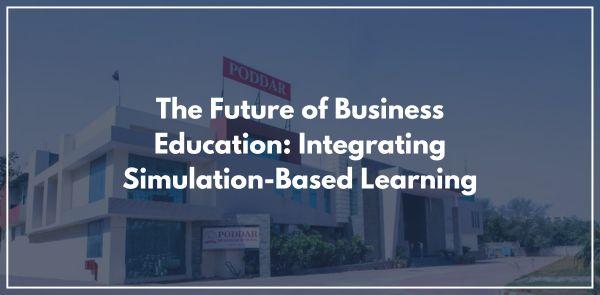
In today’s fast-paced business world, traditional education methods alone are no longer sufficient to equip students with the skills required to excel. Business schools are now embracing simulation-based learning to provide students with a hands-on, experiential approach to decision-making, strategy, and leadership.
What is Simulation-Based Learning? Simulation-based learning leverages technology to create real-world business scenarios where students can practice their problem-solving skills in a risk-free environment. Through interactive simulations, students can analyze data, make strategic decisions, and witness the outcomes in real time.
Benefits of Business Simulations
- Enhanced Decision-Making Skills – By engaging in simulated business challenges, students develop the ability to assess risks, forecast outcomes, and make data-driven decisions.
- Real-World Application – Unlike theoretical learning, simulations bridge the gap between classroom concepts and real business operations.
- Leadership Development – Business simulations encourage teamwork, strategic thinking, and leadership, preparing students for executive roles.
- Engagement & Retention – Interactive learning is proven to increase knowledge retention and student engagement compared to traditional lectures.
AIMA Business Simulation at Poddar Business School: At Poddar Business School, we integrate the AIMA Business Simulation program into our curriculum, providing students with a dynamic and immersive learning experience. This program enables future business leaders to sharpen their analytical and strategic skills in a competitive environment, ensuring they are well-prepared for the corporate world.
By incorporating cutting-edge simulation-based learning, business schools can foster innovation, critical thinking, and practical expertise among students, shaping the leaders of tomorrow.
